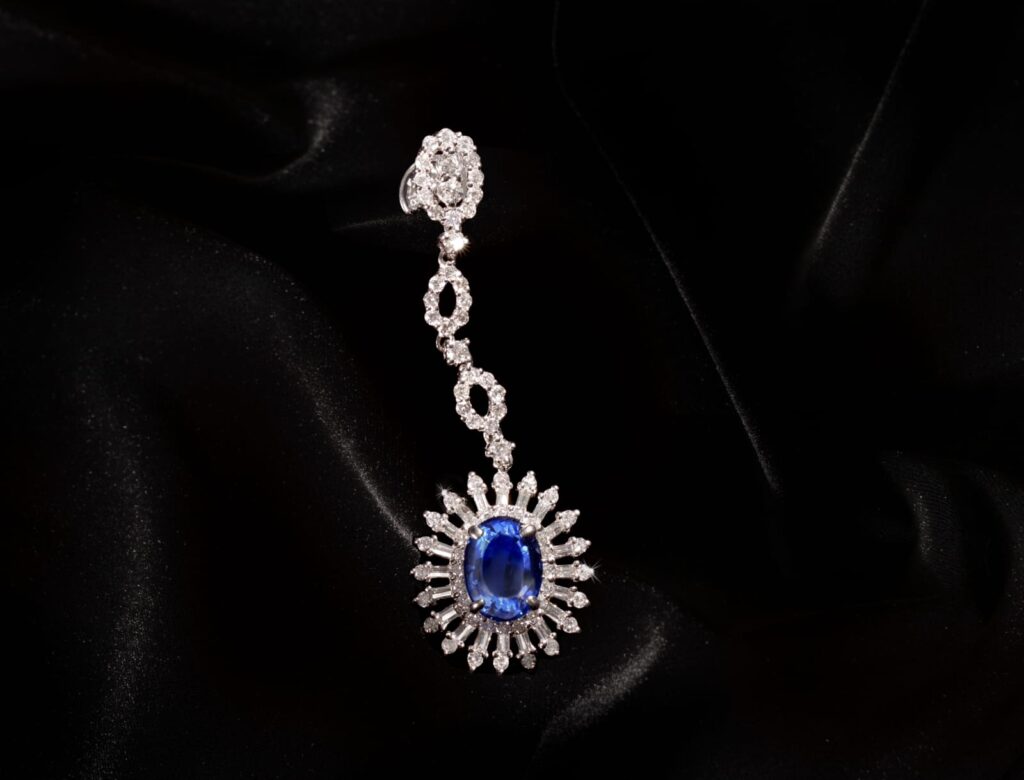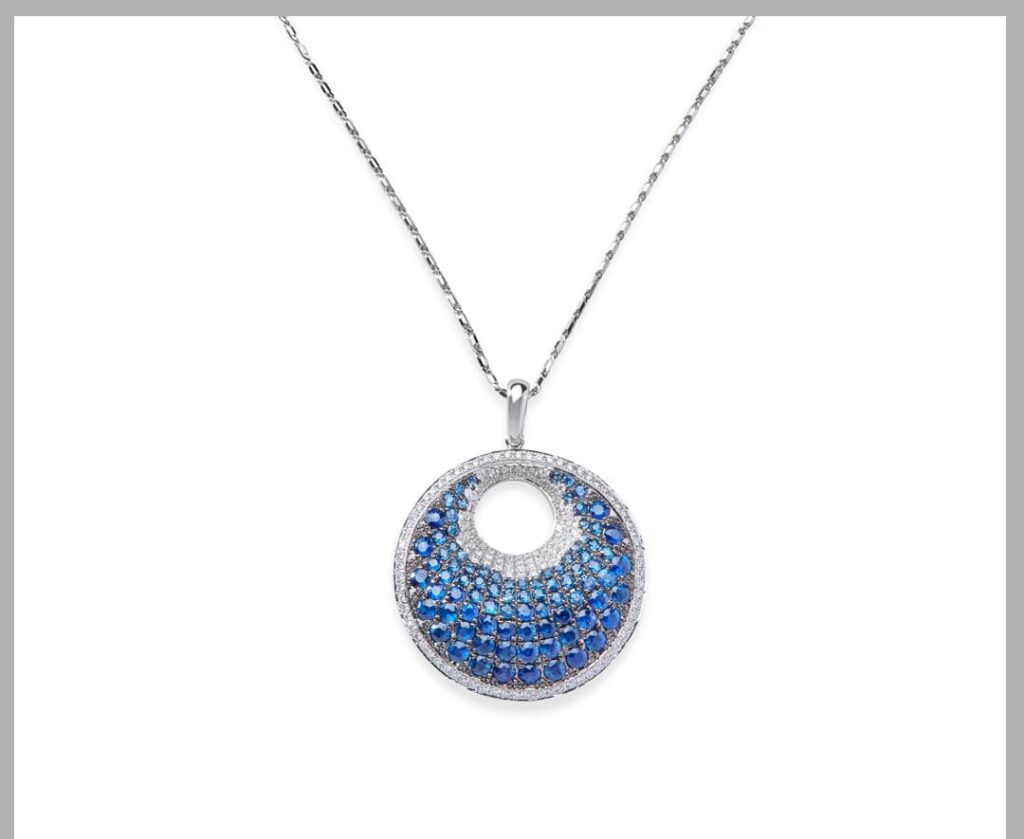SLGJA expresses grave concern of VAT on Gem and Jewellery Industry
Summary
The Sri Lanka Gem and Jewellery Association (SLGJA) has raised serious concerns about the government’s unprecedented decision to subject the industry to the Value Added Tax (VAT) regime. The SLGJA fears that such a move could lead to foreclosures and […]
The Sri Lanka Gem and Jewellery Association (SLGJA) has raised serious concerns about the government’s unprecedented decision to subject the industry to the Value Added Tax (VAT) regime. The SLGJA fears that such a move could lead to foreclosures and compel the private sector to relocate overseas or revert to the informal sector. The gem and jewellery industry has, until now, enjoyed exemption from GST/VAT and played a crucial role in contributing much-needed foreign exchange and employment to the country.
The gem and jewellery sector, a major foreign exchange earner, faces a potential crisis as formal exports reach approximately $500 million, with an additional $1 billion estimated from domestic sales to tourists and expatriates. Over 600,000 livelihoods are directly tied to the industry. Despite a general economic downturn, Sri Lanka experienced a 16% growth in gem, diamond, and jewellery exports in the first 10 months of 2023, amounting to $440 million. However, this positive trend stands in stark contrast to a 10% decline in total exports from the country, underscoring the industry’s significance.


SLGJA members revealed that 70% of gem and jewellery exports heavily rely on imported precious, rough stones due to factors such as customer preferences, colour, design, and product quality. The local consumption of coloured gemstones is almost zero. The proposed 18% VAT, if implemented, will make it impossible to turn Sri Lanka into a gem hub for coloured gemstones. This is especially evident when compared VAT in competitor hubs such as India (3%), Thailand (7%), and Dubai (3-5%). The risk of relocation to emerging hubs like Dubai or established ones like Bangkok and Hong Kong looms large, with several industry members already moving overseas and employing expatriate Sri Lankans.
The SLGJA asserted that the government lacks a comprehensive understanding of the gem and jewellery industry’s intricacies. For instance, while rough stones for value-added exports are brought in on a No Foreign Exchange (NFE) basis, insurance premiums apply, posing a financial burden. Additionally, there’s a high risk of losing supply opportunities and the potential to become a trading/sourcing hub for India and other traders and manufacturers.
Members catering to tourists emphasized that VAT, being a consumer tax, is irrational when imposed on foreign sales. The absence of a VAT refund scheme at Sri Lankan ports further compounds the issue, potentially impacting the tourism sector, which the government has actively promoted as part of Sri Lanka’s identity as the “land of precious stones.”
The SLGJA expressed its disappointment that the government has implemented VAT despite alternative proposals to boost tax revenue. Suggestions included focusing on the value-added component of gem-studded jewellery and exempting rough stone imports for processing and re-export. While the SLGJA acknowledges the need to widen the tax base, it urges the government to reconsider the VAT imposition or explore alternative proposals to prevent a potential industry crash or shift to the informal market.
The SLGJA remains open to collaborative efforts that expand the tax base without severely disrupting the gem and jewellery industry, emphasizing the importance of sustaining this critical sector for the nation’s economic well-being.